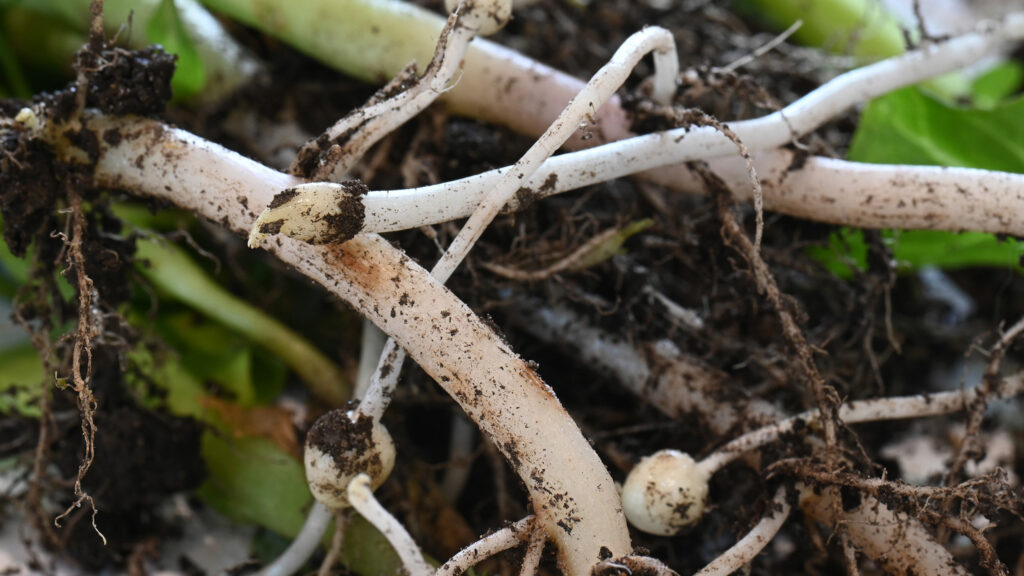How biostimulants can reduce heat stress in potatoes
 © Syngenta
© Syngenta Potato growers are being urged to take extra care to protect their crops from heat stress, and using a biostimulant this season might help.
Delayed planting and slow emergence after the cold wet conditions may cause potato crops to be more susceptible to temperature stress at tuber initiation stage this year.
Crop research at the James Hutton Institute found that when temperatures are high potato plants form fewer or no tubers, greatly reducing yields.
See also: What the mancozeb withdrawal date means for potato growers
Heat stress can occur in potatoes when leaf temperature exceeds 25C for more than three hours a day or above 30C for any period. This is especially important at tuber initiation in late May or early June, when plants are more susceptible to stress.
Syngenta technical manager Andy Cunningham says that tuber initiation is one of the key points at which potato plants can be affected by stress and this could be exacerbated if it occurs during late May or early June.

© Syngenta
During this difficult season he suggests potato growers and agronomists track temperatures and suggests the company’s product, Quantis, may have a role to play.
Andy recommends applying the biostimulant at the time of first tuber set is at, or before, small pea size.
It adapts the potato plant’s hormone process related to temperature stress, allowing it to function more efficiently.
The product can be tank mixed with blight sprays and has its own heat stress alert in Syngenta’s myField app.
Research at Nottingham University discovered that Quantis application resulted in 4% tuber weight increase and 40% larger tuber size, mitigating the negative effects of heat stress on tuber growth.
Research fellow Dasuni Jayaweera said: “Rising global temperatures limit crop productivity and new strategies are needed to improve the resilience of thermosensitive crops such as potato.”

